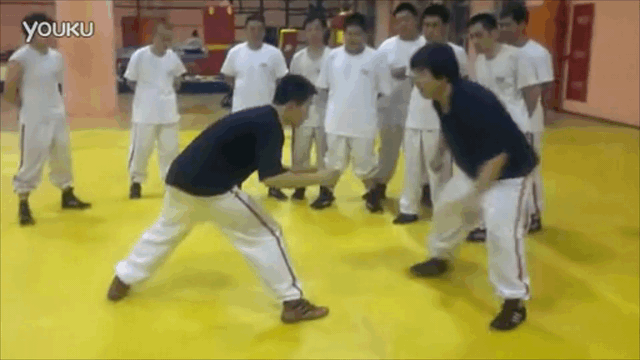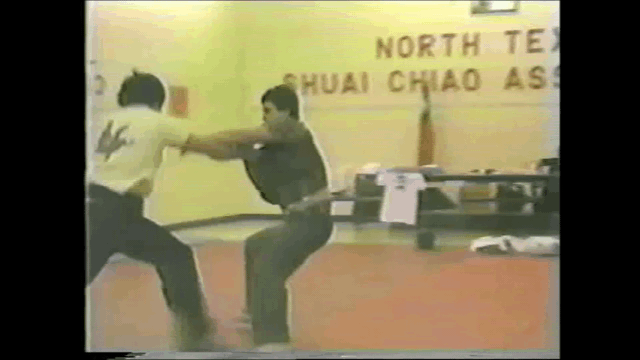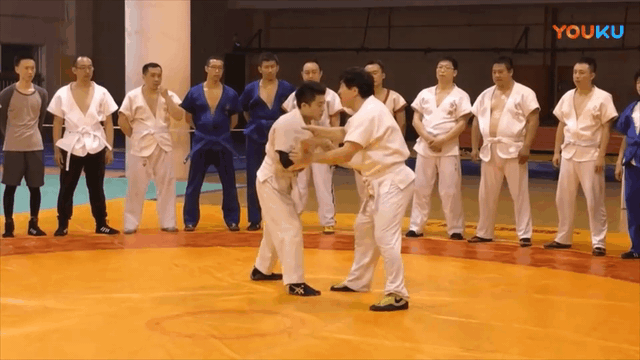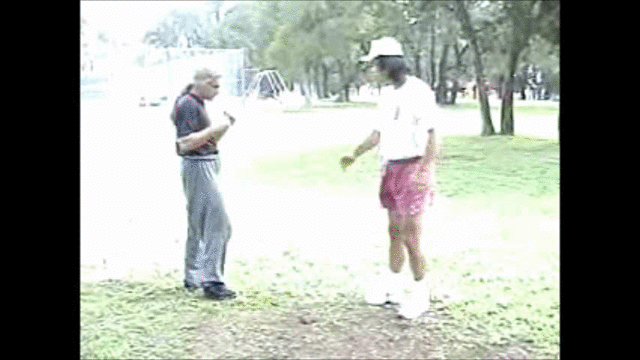I like silent video with no audio because I believe action is better than words.
For example, in the following clip, I truly don't know what audio that he should add into his video. He can say,
- step in between your opponent's legs,
- push the shoulder, and
- pull the leg.
But the action has already explained it all. If the video is converted into a GIF file that can be repeated over and over, that's even better.
What's your opinion on this?

Things that don't this video doesn't answer.
1. When do you try to apply the technique?
2. What is the best way to set up the technique?
3. Are you pushing his shoulder with your hand or are you pushing across his sternum with the forearm?
4. Are you pushing or are you just moving forward?
5. When you are grabbing the knee are you lifting it towards the center or are you lifting it to your outside?
6. What is the follow up after this to prevent from being up kicked?
7. Does this work on someone who is taller than you?
8 Does this work on someone who is heavier than you.
9. What are the failing points of where the technique won't work ? Will it work if I lift the leg then push?
10. Does this work if the person is standing up in a higher stance with feet closer together?
11. Is there a recovery for when a person messes up the technique or misses the timing for the technique?
12. Will this technique work when punching and kicking are allowed? If so then how does it need to be used in that context?
Video can be deceptive because it makes us think there's nothing more beyond what we see. Even something as simple as a jab has at least two chapters worth of describing the things that are going on beyond seeing a jab.
People see me hit the heavy bag really hard with my fists. They then try to do the same thing and as a result they injure their hands within 10 punches or less. They see me hit the bag soft (when I do knuckle conditioning) and they do the same thing but with boxing gloves on, which doesn't help them or knuckles. While video is good. A video of me doing baby punches on a knuckle bag without context is just useless video.
This is a video of how I workout. I made this video for myself and not as a response to anything said in this group. The majority of the people who see this video would think that my workout sucks. They won't be impressed. They won't see any use of it. There's no way to tell what I'm actually focusing on or when I'm focusing on it. People can try to copy what they see and miss all of the important things that they should be focusing on when doing this type of training.
"A picture is worth a thousand words" - that's usually because there's no context. Add context and that picture is worth only what was said in context.






